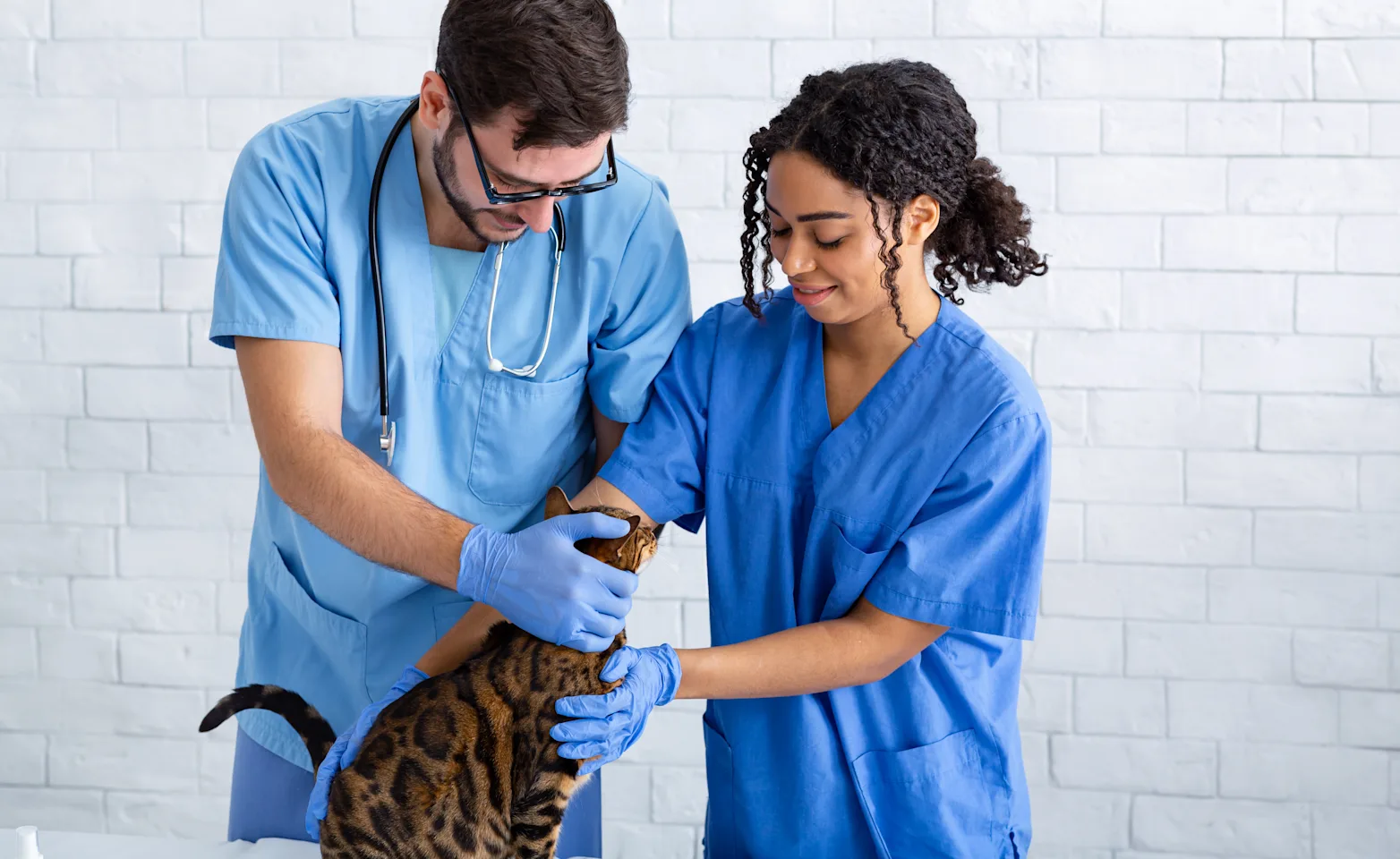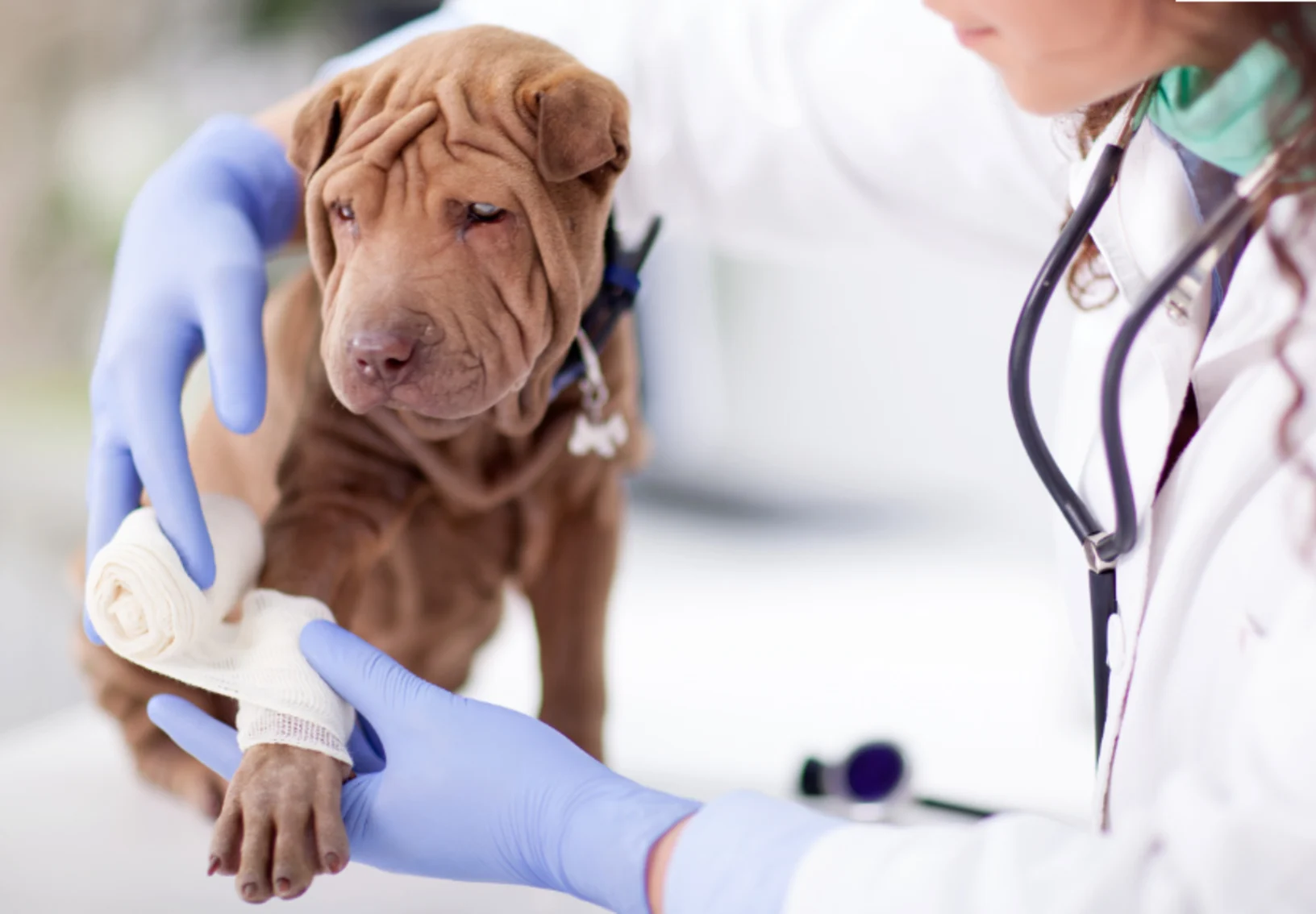Everything About Veterinarian Surgery: Recognizing the Importance of Expert Care for Your Family pets
Vet surgery is a critical part of pet healthcare. It includes different procedures, from regular optional surgical treatments to immediate treatments. Comprehending the complexities of these surgical treatments can help pet dog owners make informed choices. The preparation, execution, and recovery stages are necessary for ensuring the well-being of animals. With correct understanding, owners can navigate the intricacies of veterinary care. What aspects should be taken into consideration prior to a pet dog goes through surgical treatment?
Kinds Of Veterinarian Surgeries
When a family pet requires medical intervention, recognizing the different kinds of vet surgical treatments can assist animal owners make informed decisions. Vet surgical treatments can be extensively categorized right into three primary types: elective, urgent, and emergency situation surgical procedures. Elective surgeries, such as spaying or neutering, are intended treatments that are not right away life-threatening. Immediate surgical procedures, like those for international body removal, should be executed quickly but are not serious in the minute. Emergency surgeries, such as those resolving extreme injury or inner bleeding, are vital and call for instant attention.Additionally, surgeries can vary in intricacy, ranging from minimally intrusive laparoscopic procedures to more considerable open surgeries. Each sort of surgery lugs its own dangers and healing procedures. Recognizing these groups permits pet dog owners to participate in meaningful conversations with veterinarians, causing better end results for their beloved pet dogs.
Preparing for Your Pet dog's Surgical procedure
Getting ready for a pet dog's surgery includes a detailed checklist to guarantee all fundamentals are covered. Effective interaction with the vet is vital for recognizing the procedure and any required pre-operative actions - veterinary cardiologist near me. Additionally, having clear post-operative treatment guidelines will certainly help proprietors provide the most effective assistance for their recovering family pets
Pre-Surgery Checklist Essentials
Guaranteeing a smooth medical experience for a pet calls for cautious prep work and interest to detail. A pre-surgery checklist is necessary for animal owners to follow. Confirming the set up surgery day and time is essential. Owners should additionally validate that their family pet has not eaten according to the veterinarian's directions, commonly for 8-12 hours before surgery. Gathering essential medical records, consisting of vaccination background, is essential for the veterinarian's evaluation. It is likewise a good idea to prepare a comfy space at home for the family pet's healing after surgical treatment. Owners should have a plan for transportation to and from the veterinary center, making certain that the animal is secure and comfy throughout the journey. Adhering to these steps can considerably enhance the surgical experience.
Interacting With Your Veterinarian

Efficient interaction with the veterinarian is important for an effective medical experience for animals. Proprietors must be prepared to review their pet dog's medical background, consisting of any pre-existing conditions, medications, and allergic reactions. This details helps the veterinarian analyze risks and customize the medical plan appropriately. Additionally, family pet owners ought to ask questions relating to the procedure, anesthetic, and anticipated outcomes to guarantee they completely comprehend the process. Clearing up any doubts can reduce stress and anxiety for both the animal and the proprietor. It is likewise important to interact any type of behavior modifications or worries observed in the family pet leading up to the surgical procedure. Inevitably, clear dialogue fosters trust fund and partnership, making sure that pets receive the very best feasible treatment during their surgical trip.
Post-Operative Treatment Directions
After going over the surgical procedure with the vet, pet dog owners ought to concentrate on post-operative treatment directions to assist in a smooth recovery for their animals. These instructions usually include keeping an eye on the surgical site for indicators of infection, such as redness or discharge. Pets might require to be kept tranquil and restricted to avoid excessive activity that could disrupt healing. Pain monitoring is crucial, so owners must comply with the veterinarian's guidance on administering medicines. Additionally, nutritional constraints may be recommended to prevent gastrointestinal distress. Routine follow-up consultations are very important to ensure proper recovery and attend to any type of worries. By adhering to these post-operative care directions, pet proprietors can substantially add to their pet's recovery and total wellness.
The Surgical Process Explained
The surgical process for pet dogs incorporates crucial steps that guarantee their safety and security and healing. Pre-surgery preparations are vital for decreasing risks, while post-operative treatment standards play an important duty in advertising recovery. Recognizing these components helps family pet owners navigate the surgical experience extra properly.
Pre-Surgery Preparations
Before a pet dog undertakes surgical procedure, several crucial prep work have to take area to guarantee a secure and effective procedure. First, an extensive vet assessment is important to assess the pet dog's general health and recognize any potential threats. This may consist of blood tests, imaging, or various other diagnostics. The veterinarian will certainly likewise discuss anesthesia choices customized to the pet dog's certain requirements. In addition, pet proprietors are typically advised to keep food and water for a specified time prior to surgical treatment to reduce the threat of difficulties during anesthesia. It's essential for proprietors to offer a complete medical background, consisting of any medications or allergies, ensuring the medical group has all needed information. Appropriate interaction and adherence to pre-surgery standards can substantially improve the end result of the procedure.
Post-Operative Treatment Guidelines
Appropriate post-operative treatment is vital for ensuring a pet's recovery following surgery. After the treatment, animals ought to be checked very closely for any kind of indications of issues, such as excessive blood loss, swelling, or unusual behavior. It is essential to follow the vet's instructions relating to drugs, including pain reducers and anti-biotics. Pet dogs should be kept in a silent, comfy environment to decrease tension and promote recovery. Restricting activity is important; short, leashed strolls might be needed, but jumping or running should be avoided. Routine follow-up consultations ought to be set up to assess the recovery procedure. In addition, the medical site has to be kept tidy and completely dry, with any kind of indications of infection reported to a vet without delay. Sticking to these standards improves recuperation results.
Anesthesia and Pain Monitoring
Effective anesthetic and discomfort monitoring are crucial components of vet surgical procedure, making certain that pet dogs remain comfy and risk-free throughout the procedure. Vets examine each pet's specific needs, considering aspects such as age, weight, wellness condition, and the sort of surgery being performed.Anesthesia protocols typically include a mix of pre-anesthetic drugs, induction agents, and inhalant anesthetics, enabling precise control over the animal's degree of awareness. Tracking throughout surgical procedure is essential; vets continuously observe crucial indications to attend to any potential difficulties promptly.Pain monitoring strategies might entail opioids, non-steroidal anti-inflammatory medications (NSAIDs), and local anesthetics, customized to the family pet's details situation. This complex approach helps minimize pain and promotes a smoother medical experience. By focusing on effective anesthesia and pain monitoring, vet specialists improve the overall welfare of pet dogs undertaking procedures, ensuring they obtain the highest possible requirement of treatment.
Post-Operative Treatment and Recuperation
Adhering to surgical procedure, the focus moves to post-operative treatment and recuperation, which is vital for making sure an animal's safe go back to regular activities. Throughout this duration, pets need a quiet, comfortable setting to aid recovery. Proprietors should closely check their pets for any type of indications of pain or unusual behavior.Veterinary standards often include details guidelines related to medicine management, injury care, and dietary adjustments. It is important to comply with these referrals to lessen issues and advertise recovery. Family pets may need to be restricted from energetic activities, such as running or leaping, throughout their recovery period (tplo surgery).Regular follow-up consultations with the veterinarian enable for tracking of the animal's progression and prompt changes to the treatment strategy. Providing emotional assistance and companionship can also enhance an animal's recovery experience, helping to ease anxiety and anxiousness. Generally, thorough post-operative treatment plays a substantial duty in accomplishing a successful recuperation
Identifying Issues After Surgery
Exactly how can family pet owners identify complications after surgical treatment? Understanding of certain indications is important for making certain the well-being of animals throughout recovery. Typical signs include extreme swelling, redness, or discharge at the surgical site, which may signify infection. Furthermore, consistent pain, shown by whimpering or unwillingness to relocate, should motivate immediate interest. Changes in appetite or water consumption can likewise show issues; a decrease in these behaviors might indicate pain or distress.Moreover, pet proprietors must monitor their family pets for any kind of unusual actions, such as sleepiness or difficulty breathing, as these can be indications of severe problems. Vomiting or looseness of the bowels adhering to surgical procedure may call for urgent veterinary analysis. Recognizing these problems early can significantly influence a family pet's recuperation process, highlighting the importance of caution and prompt communication with a veterinarian for any kind of concerning signs and symptoms.
The Function of Vet Experts in Surgical Treatment
Vet professionals play an important role in making sure the safety and success of procedures for pets, especially complying with surgical procedure when keeping track of and treatment are extremely important. These professionals include veterinarians, veterinary specialists, and support team, every one of whom add specialized abilities to the surgical process.Before surgery, veterinarians carry out detailed analyses to examine the family pet's wellness, making certain that any kind of underlying conditions are taken care of. Throughout the procedure, the surgical team gives anesthesia, preserves sterilized atmospheres, and keeps track of essential signs, all crucial for reducing risks.Post-operative care is just as considerable; vet specialists observe for difficulties, handle pain, and guide proprietors on recuperation practices. Their expertise allows them to recognize very early indicators of distress or infection, making sure prompt treatment. Ultimately, the collaborative initiatives of vet professionals in medical care foster a secure atmosphere, promoting the well-being of family pets throughout the medical journey.

Often Asked Inquiries
Exactly how Do I Choose the Right Vet Cosmetic Surgeon for My Animal?
Selecting the right vet cosmetic surgeon involves looking into certifications, reading evaluations, and evaluating the center's setting. It is vital to assess the cosmetic surgeon's experience with certain procedures and their communication design when choosing.
What Are Typical Misconceptions Regarding Vet Surgeries?
Common misunderstandings about veterinarian surgeries consist of beliefs that they are constantly dangerous, unneeded, or only for emergency situations. Lots of animal owners ignore the advantages of preventative treatments and the skill entailed in vet surgical treatment.
Just How Much Will My Pet dog's Surgery Cost?
The cost of a family pet's surgical procedure can vary substantially based on elements such as the kind of treatment, the veterinarian's experience, and geographical place (24 hour vet bellingham). Usually, expenses vary from a couple of hundred to numerous thousand dollars

Can My Family Pet Consume Before Surgery?
Before surgical treatment, it is generally suggested that pets avoid consuming for a certain period. This fasting helps in reducing the threat of complications throughout anesthesia. Proprietors ought to consult their veterinarian for exact guidelines customized to their animal's requirements.
Suppose My Pet Has Pre-Existing Health And Wellness Issues?
When a pet dog has pre-existing wellness problems, it's essential for the vet to analyze these factors before surgical procedure. This examination warranties emergency vet ideal precautions are taken, reducing dangers and maximizing the pet dog's total safety during the treatment.